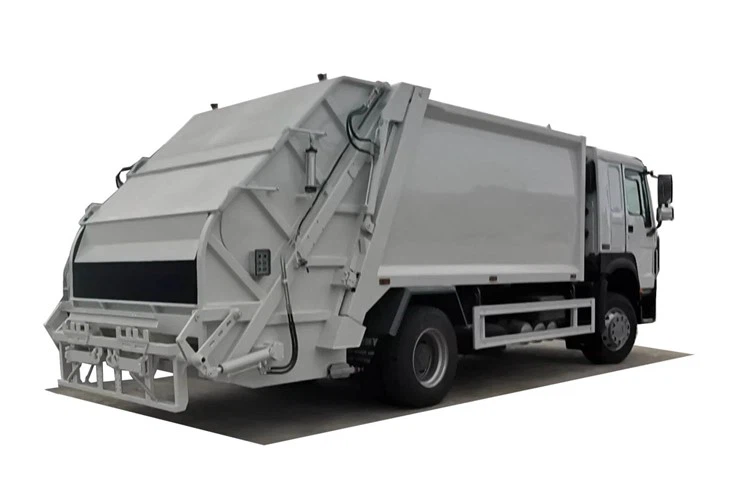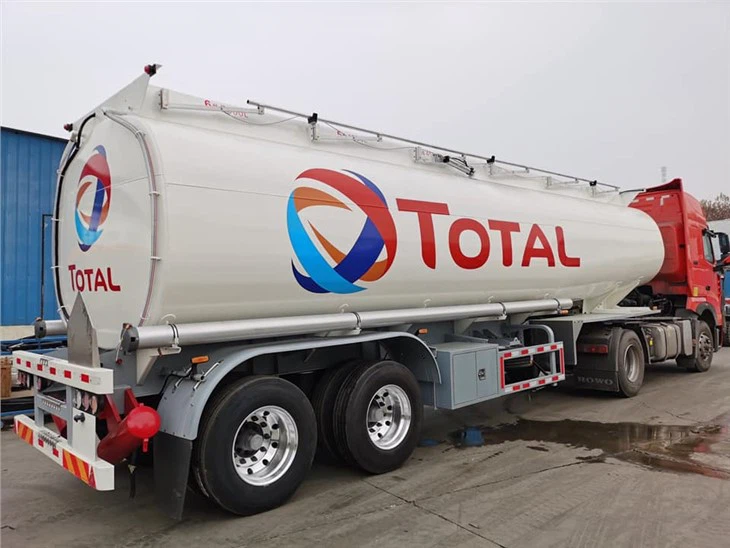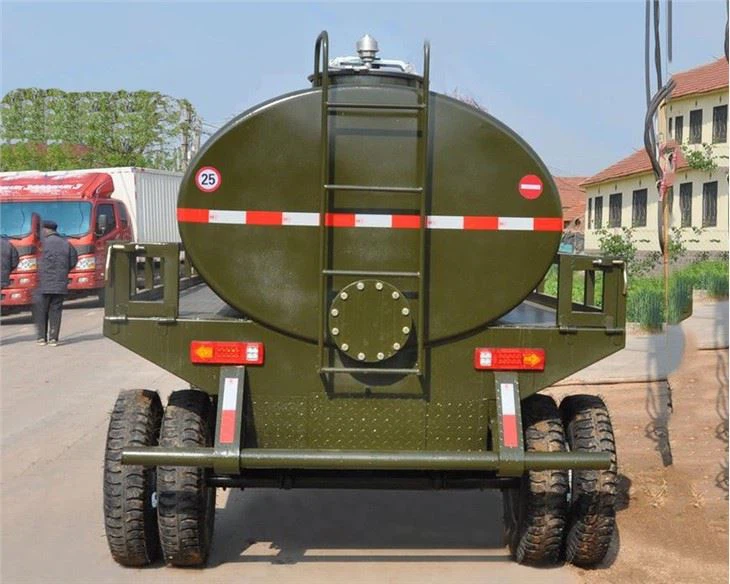Easy Pak Loader: A Comprehensive Guide

Introduction
The shipping and logistics industry has undergone rapid changes, with advancements that allow for more efficient processes. One tool that has gained popularity is the Easy Pak Loader. This versatile tool simplifies the loading and unloading of cargo, making it an essential for businesses in need of fast and efficient transportation solutions. This article will delve into the functionality, benefits, and practical applications of Easy Pak Loaders, while also addressing common questions and concerns related to their use.
What is an Easy Pak Loader?
An Easy Pak Loader is a specialized loading and unloading tool that aids in the movement of cargo. Designed for ease of use, it can accommodate various types of packages, making it ideal for warehouses, distribution centers, and transportation businesses. These loaders enhance safety and efficiency, reducing manual handling and the potential for workplace injuries.
Key Features of Easy Pak Loaders
- Versatile Design: Capable of handling different package sizes and types.
- User-Friendly Operation: Simplifies the loading process, reducing the need for extensive training.
- Enhanced Safety: Reduces the risk of injury compared to manual loading.
- Durability: Built to withstand the rigors of a busy shipping environment.
Advantages of Using Easy Pak Loaders
Utilizing an Easy Pak Loader comes with a variety of advantages that can significantly improve operational efficiency.
1. Time Efficiency
Easy Pak Loaders streamline the loading and unloading process, allowing businesses to move products faster. This efficiency translates to quicker shipping times and meets tight deadlines.
2. Cost-Effective
Investing in Easy Pak Loaders can result in cost savings over time. Reduced labor costs and minimized damages from improper handling mean lower overall expenditures.
3. Improved Safety Standards
Workplace safety is paramount, and Easy Pak Loaders help lower the risk of injuries. By reducing manual lifting and repetitive movements, these loaders play a vital role in promoting employee well-being.
Types of Easy Pak Loaders
There are several types of Easy Pak Loaders available in the market, each designed to cater to specific loading needs. Understanding these variations will help businesses choose the right loader for their operations.
1. Manual Easy Pak Loaders
Manual load devices are more affordable and require no electricity or battery. Workers can efficiently move the loader into position, making it a practical choice for smaller operations.
2. Electric Easy Pak Loaders

For larger operations, electric Easy Pak Loaders provide additional power and speed. They require charging and are ideal for high-volume loading and unloading tasks.
3. Hydraulic Easy Pak Loaders
Hydraulic loaders utilize hydraulic systems to lift and lower cargo. These loaders are particularly useful for heavy loads, as they maximize lifting capacity with minimal effort.
How to Choose the Right Easy Pak Loader
Selecting the appropriate loader for your needs involves several considerations. Here are some factors to guide your decision:
1. Load Capacity
Determine the maximum weight your loader will need to handle. Check manufacturer specifications to ensure you choose a model that can accommodate your weight requirements.
2. Mobility
Consider the areas where you will be using the loader. If navigating narrow aisles or tight corners is necessary, a more compact model may be appropriate.
3. Power Source

Decide between a manual, electric, or hydraulic loader based on your available workforce and the volume of cargo. Electric and hydraulic loaders are generally faster but have higher initial costs.
4. Ease of Maintenance
Look for loaders that are easy to maintain and service. Familiarizing yourself with routine maintenance requirements can prolong the life of your equipment.
Implementing Easy Pak Loaders in Your Operations
Once you’ve selected your Easy Pak Loader, the next step is effective implementation in your operations.
1. Training Your Staff
Proper training is crucial for maximizing the efficiency of your Easy Pak Loader. Regular training sessions can ensure that staff members are familiar with the equipment and safety protocols.
2. Setting Up Efficient Workflows
Integrate the use of Easy Pak Loaders into your existing workflows. Analyze current processes to identify where these loaders can enhance efficiency.
3. Monitor Performance
After implementation, closely monitor the performance of your loaders. Gathering data on loading times and employee safety incidents can help assess effectiveness and provide insights for further improvements.
Common Mistakes to Avoid
While Easy Pak Loaders can greatly improve loading operations, there are potential missteps to be mindful of.
1. Ignoring Maintenance
Regular maintenance is essential for optimal performance. Neglecting routine checks can lead to breakdowns and potentially costly repairs.
2. Overloading the Equipment
Ensure loaders are not overloaded beyond their capacity to prevent damage and maintain safety.
3. Inadequate Training
Inadequate training of staff can lead to unsafe practices. Constantly reinforce proper usage and safety measures.
Real-World Examples of Easy Pak Loader Applications
Businesses across various industries can benefit from implementing Easy Pak Loaders. Here are some practical examples:
1. Warehouse Operations
In warehouses, Easy Pak Loaders reduce the time required for unloading pallets from trucks and organizing inventory, leading to improved efficiency and better space utilization.
2. Retail Distribution
Retailers can use loaders for unpacking shipments quickly, allowing for faster restocking of shelves and minimizing downtime.
3. Manufacturing Processes
Manufacturers benefit from Easy Pak Loaders during the transport of heavy components, facilitating smoother production cycles and minimizing workplace hazards.
Cost Analysis of Easy Pak Loaders
When considering the investment in an Easy Pak Loader, evaluating the cost versus the benefits is crucial.
| Cost Factor | Estimated Cost |
|---|---|
| Manual Easy Pak Loader | $1,000 – $3,000 |
| Electric Easy Pak Loader | $3,000 – $10,000 |
| Hydraulic Easy Pak Loader | $5,000 – $15,000 |
| Maintenance (Annually) | $200 – $1,000 |
| Employee Training | $500 – $2,000 |
Frequently Asked Questions (FAQs)
1. What types of materials can be loaded using Easy Pak Loaders?
Easy Pak Loaders can handle various types of materials, including boxes, pallets, and even some large items, depending on the loader’s specifications.
2. How do I maintain my Easy Pak Loader?
Regular maintenance involves checking for wear and tear, lubricating moving parts, and ensuring safety features are functioning properly. Refer to the manufacturer’s manual for specific guidelines.
3. Can Easy Pak Loaders be used outdoors?
While some models are designed for outdoor use, it’s essential to check their specifications. Ensure they are suitable for the environmental conditions where they will be used.
4. Are there weight limits for Easy Pak Loaders?
Yes, each loader has a specified weight limit. Always adhere to these specifications to ensure safety and operational efficiency.

5. Can I rent an Easy Pak Loader instead of buying one?
Yes, many companies offer rental options for Easy Pak Loaders, which can be a cost-effective solution for temporary needs.
6. What safety measures should I consider when using an Easy Pak Loader?
Always adhere to the manufacturer’s safety guidelines, ensure operators are trained, and wear appropriate safety gear such as gloves and non-slip shoes.
